More Chinese citizens from the middle class are drinking imported wines, and they drink more frequently. Thanks to more choices available in both online and offline shops, Chinese drinkers are spending more on wine, said Wine Intelligence.
Despite the general slow-down of economic growth, China imported in volume 37% more wines in 2015 than 2014, according to customs figures.
While the government austerity measures is still haunting the top end of the market, imported wines with affordable price are increasingly embraced by a younger and bigger consumer base in China.
More wine, more frequently
48 million consumers from the ‘urban upper middle class (*see definition at the end)’ are now drinking wines at least twice a year, which is 11% of the urban adult population aged 18-54.
The number is up by more than a quarter than 2014 (38m), according to the China Landscapes 2016 survey published by the London-based market research company.
‘The continued rise in disposable income, massive growth in e-commerce, and bilateral trade deals (hence lower tariffs)’ are the main reasons behind the move, according to the survey, which was conducted among over 1000 Chinese upper-middle class drinkers in March 2016.
Meanwhile, Chinese consumers are drinking wines more frequently than before. 35% of them now drink imported wines at least once a month, a notable increase from 2015 (23%). More people are buying wines priced between 200 to 299 RMB to drink at home, the research shows.
The young adventurers
43% of the surveyed imported wine drinkers in China are at the age between 18 to 29; 57% of them earn a monthly salary of above 10,000RMB.
The younger generation of consumers are less likely to drink wine from ‘mainstream’ countries, and they’re less price-conscious compared to older drinkers, the research shows.
Online vs offline
49% surveyed bought wines from online shops in the last six months, suppressing hypermarkets (43%) and imported food and drinks stores (42%) to become the second most popular channel to buy wines. Specialist wine stores (61%) remain at the top.
JD.com (35%) and Tmall.com (32%) are currently the most used online shops for the surveyed consumers to buy wines, both increased from last year. The trend coincide the two companies’ widely-reported moves to develop their wine sectors in the previous years.
*Wine Intelligence definition:
Urban upper middle class:
• Personal monthly income at least 6,000 RMB before tax in Beijing, Shanghai, Guangzhou, Shenzhen and Hangzhou
• Personal monthly income at least 5,000 RMB before tax in Shenyang, Chengdu, Wuhan, Chongqing, Changsha, Zhengzhou and Guiyang
All rights reserved by Future plc. No part of this publication may be reproduced, distributed or transmitted in any form or by any means without the prior written permission of Decanter.
Only Official Media Partners (see About us) of DecanterChina.com may republish part of the content from the site without prior permission under strict Terms & Conditions. Contact china@decanter.com to learn about how to become an Official Media Partner of DecanterChina.com.

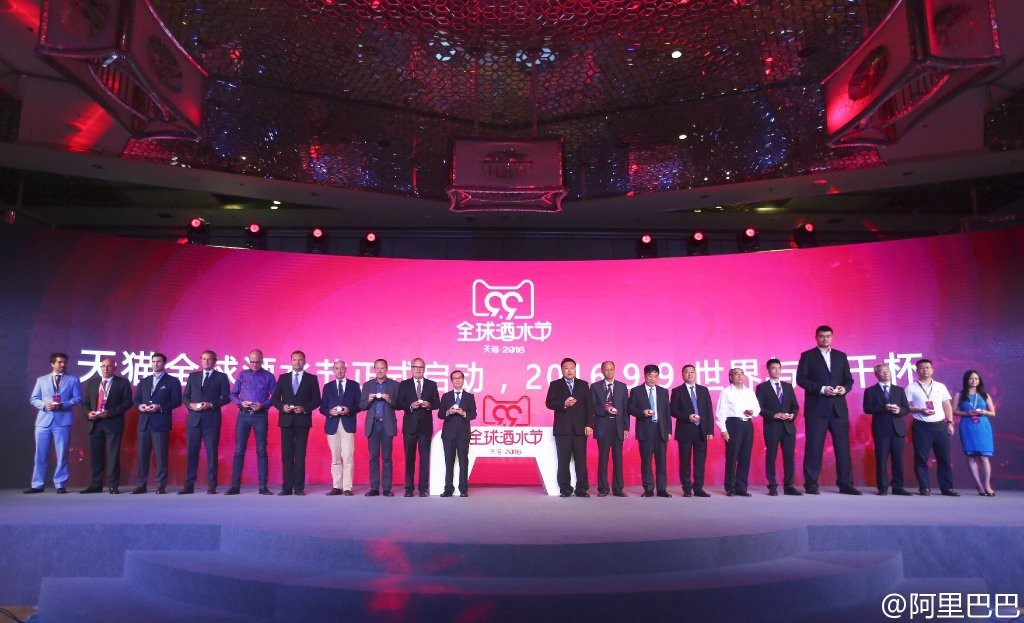
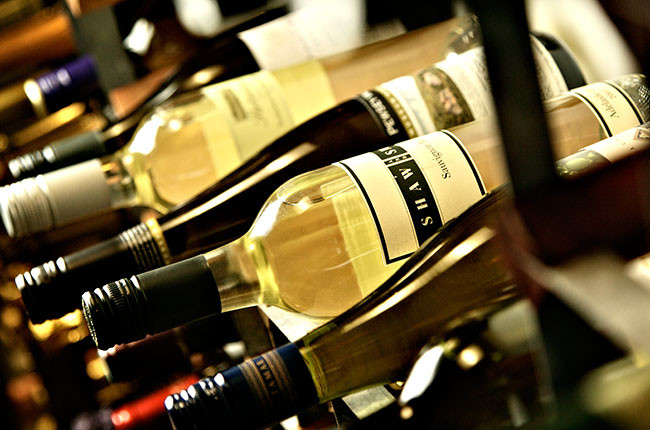
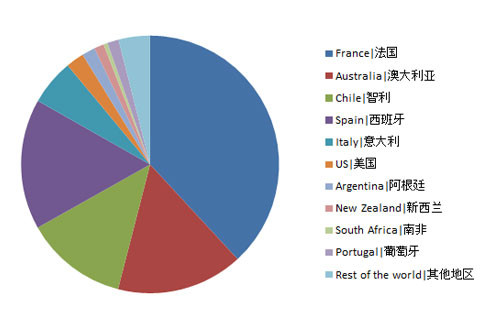

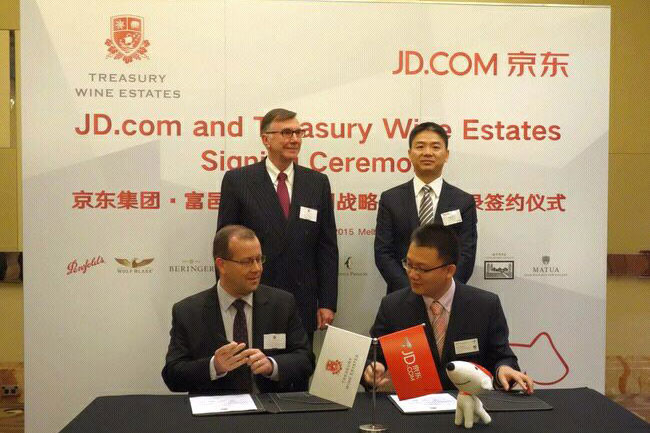

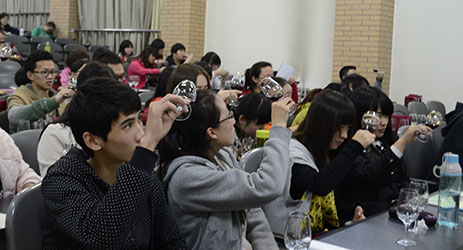

Comments
Submit